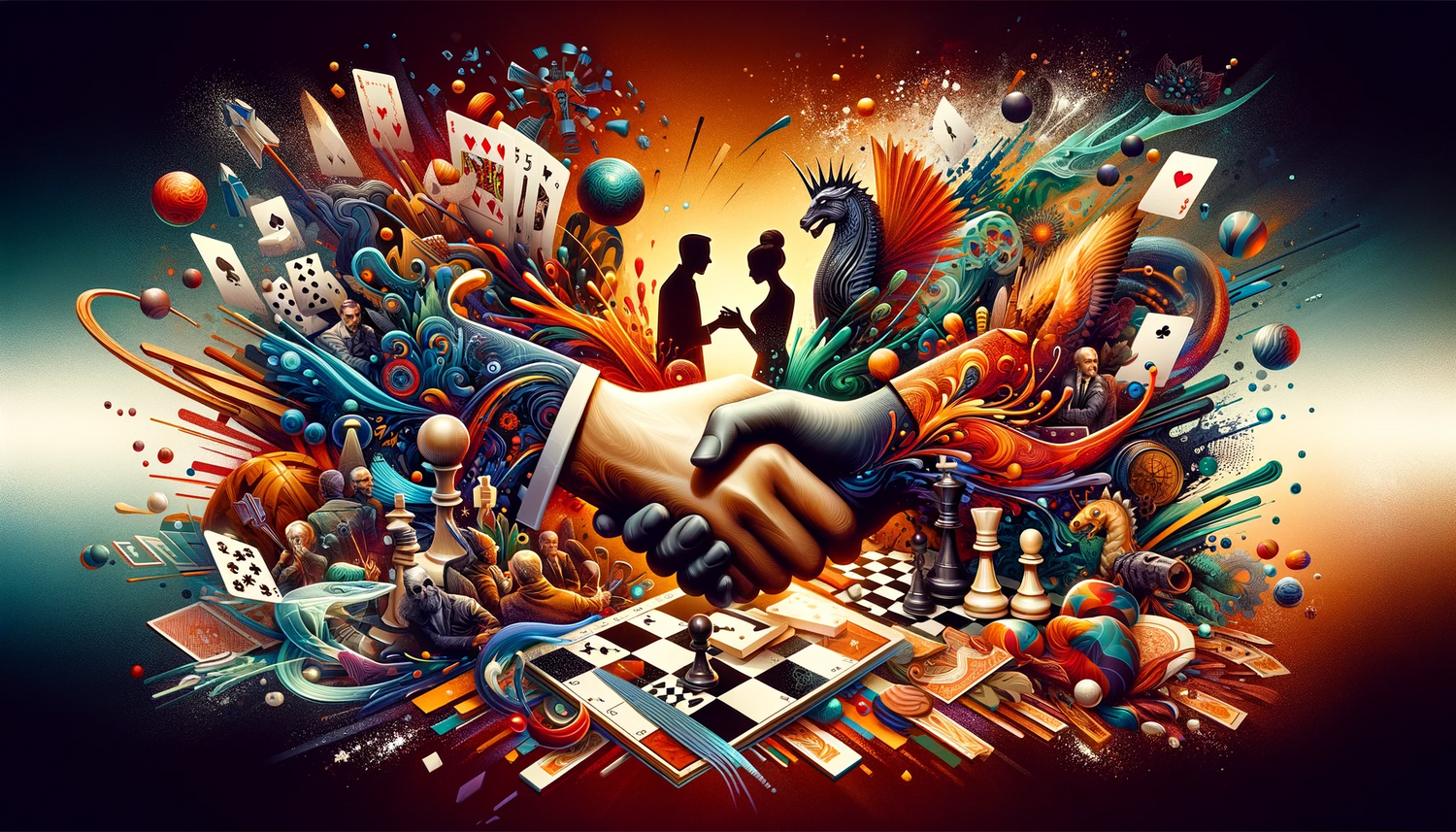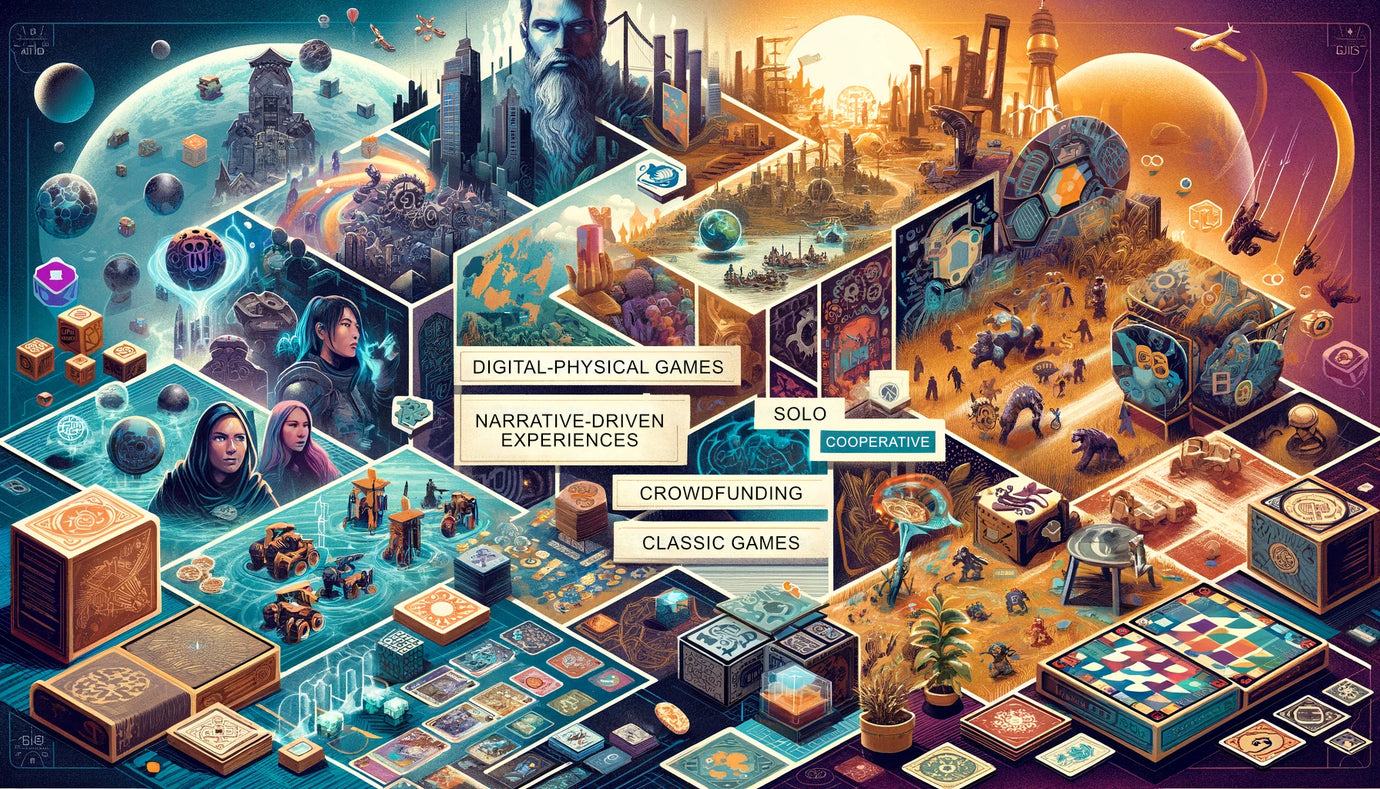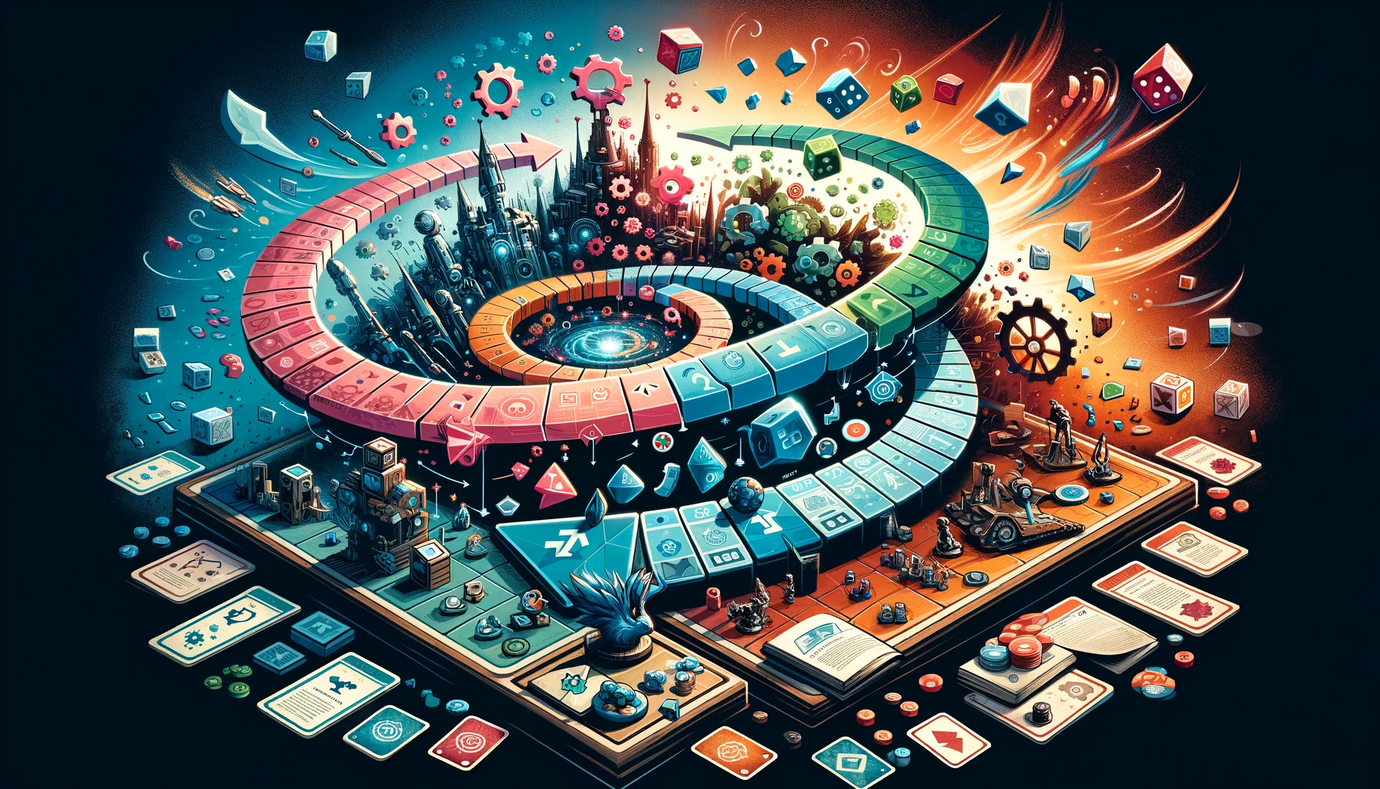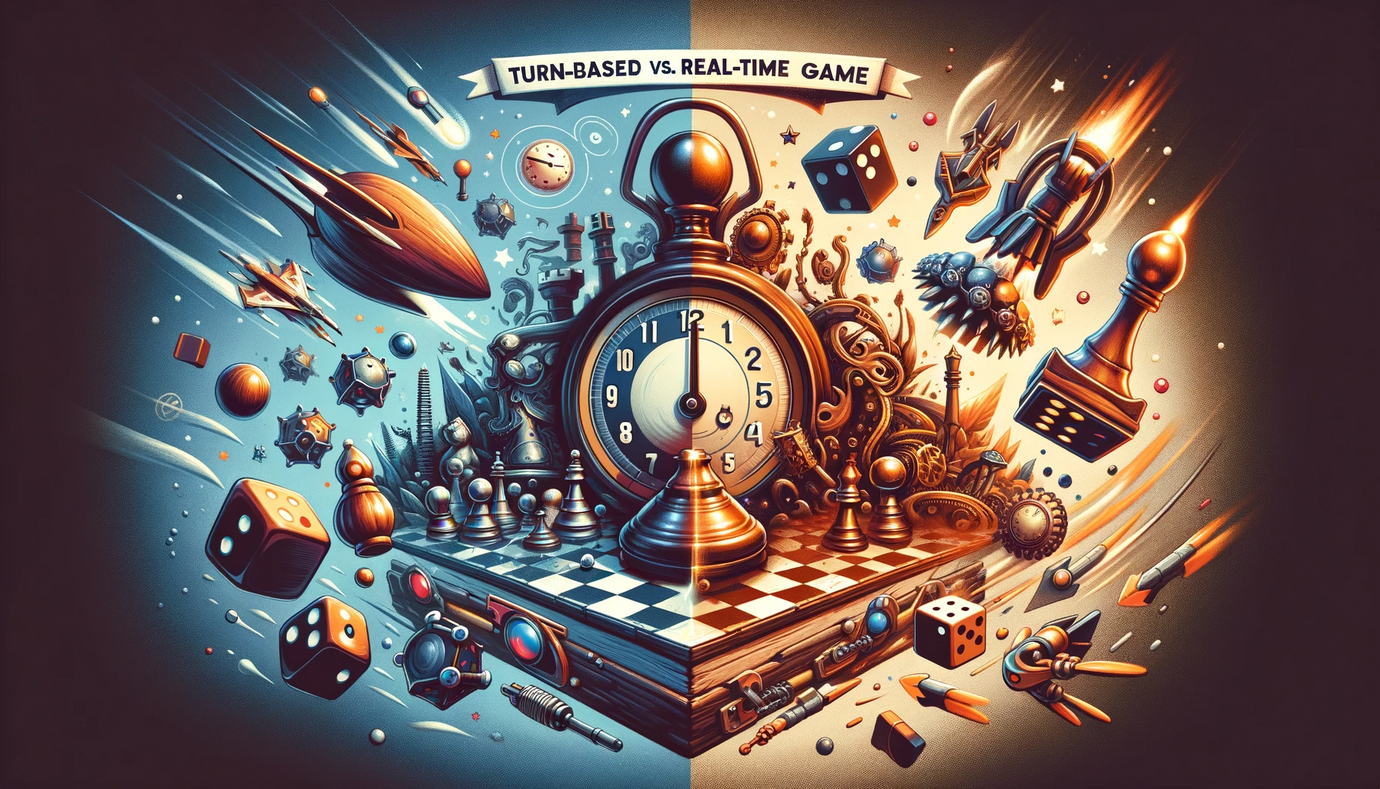Creating Engaging Player Interactions in Games

Introduction
Player interaction is a crucial element in the design of board and card games. It’s the catalyst that turns a collection of rules and components into an engaging, dynamic experience. Effective player interaction can heighten enjoyment, create memorable moments, and keep players coming back for more. This blog post will explore strategies for designing games that foster meaningful and engaging player interactions.
Understanding the Role of Player Interaction
Player interaction in games refers to how players influence each other's actions and strategies. It can range from direct conflict or cooperation to more subtle forms of interaction like trading, negotiation, or even bluffing.
1. Defining the Type of Interaction
Decide on Interaction Level: First, determine the desired level of interaction in your game. Do you want high player engagement with direct conflict, or a more subtle, indirect form of interaction?
Match Interaction with Game Theme: The type of interaction should complement the game's theme. A game set in a warzone might naturally lean towards conflict, while a game about building a community might focus on cooperation.
2. Designing for Various Interaction Styles
Direct Conflict: Implement mechanics that allow players to confront each other directly, such as battles or bidding wars.
Indirect Interaction: Include mechanics where players’ actions indirectly affect others, like market manipulation or resource scarcity.
Cooperative Elements: Consider elements that require players to work together to achieve common goals, enhancing the sense of teamwork.
3. Balancing Competition and Cooperation
Competition: Ensure that competitive elements are balanced and don't lead to one player dominating the game.
Cooperative Balance: In cooperative games, create challenges that require genuine collaboration, not just parallel play.
4. Encouraging Strategic Interaction
Meaningful Choices: Provide players with choices that have significant impacts on others. This could include trade offers, alliances, or collective decision-making.
Risk and Reward: Design interactions with a balance of risk and reward, encouraging players to weigh their options and strategize.
5. Incorporating Social Dynamics
Negotiation and Diplomacy: Include elements that require players to negotiate, bargain, or engage in diplomacy.
Bluffing and Deception: For games with a secretive or strategic element, incorporate bluffing or deception mechanics.
6. Facilitating Player Communication
Structured Interaction: Create opportunities for players to interact through the game's mechanics, like discussion phases or trading rounds.
Open Communication: Allow for open communication where players can freely talk, plan, or negotiate.
7. Addressing Player Conflict
Conflict Resolution Mechanics: Implement fair and clear ways to resolve in-game conflicts, like auctions, voting, or random draws.
Avoiding Player Elimination: Design your game to keep players engaged throughout, even if they fall behind. Avoid mechanics that lead to early player elimination.
8. Testing and Refining Player Interactions
Playtesting: Observing how players interact during playtesting is crucial. Look for signs of engagement, frustration, or disinterest.
Iterative Design: Use feedback from playtesting to refine interaction mechanics. Ensure they are contributing positively to the game experience.
9. Enhancing Replayability through Interaction
Variable Strategies: Provide multiple strategies for interaction, ensuring different playthroughs offer unique experiences.
Dynamic Game Elements: Introduce elements that change from game to game, such as random events or shifting goals, to vary the interaction patterns.
10. Accessibility
Consider All Players: Ensure that the game is accessible and enjoyable for players of different skill levels and gaming preferences.
Creating engaging player interactions in games is about designing mechanics that encourage meaningful, strategic, and enjoyable interactions among players. By considering different styles of interaction, balancing competition with cooperation, and facilitating effective communication, you can create a game that captivates and entertains. Remember, the heart of a great game lies in how it brings players together, challenging them to think, strategize, and ultimately connect with each other.








